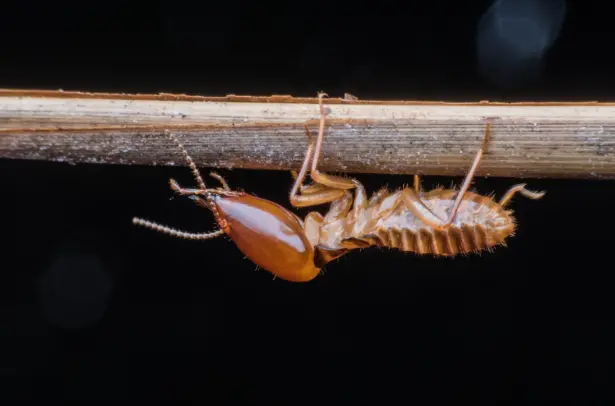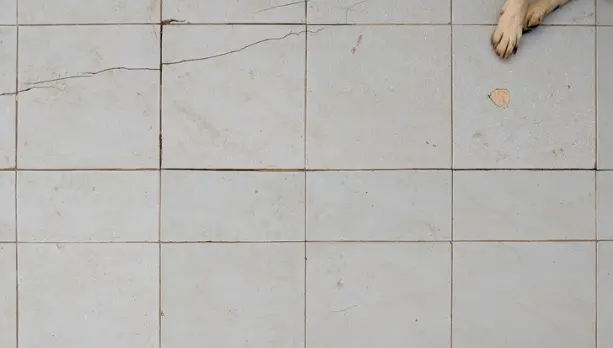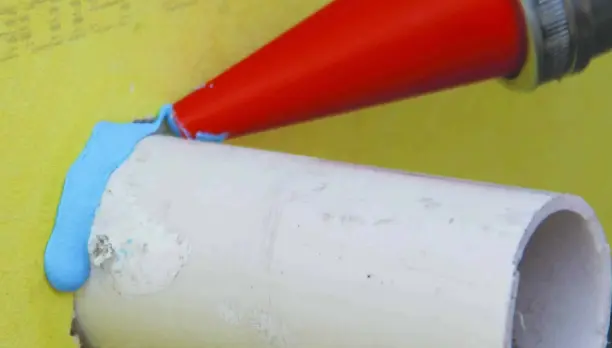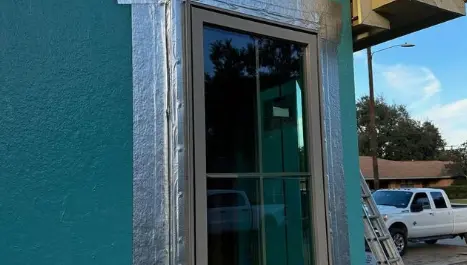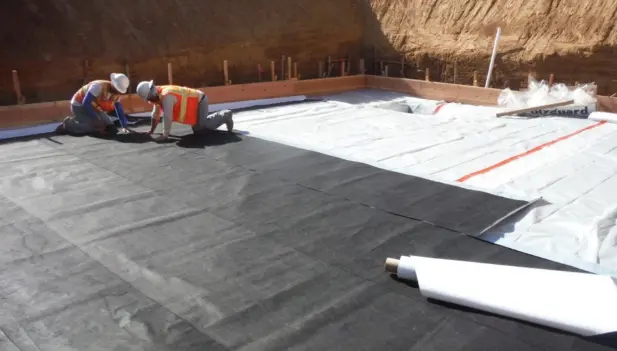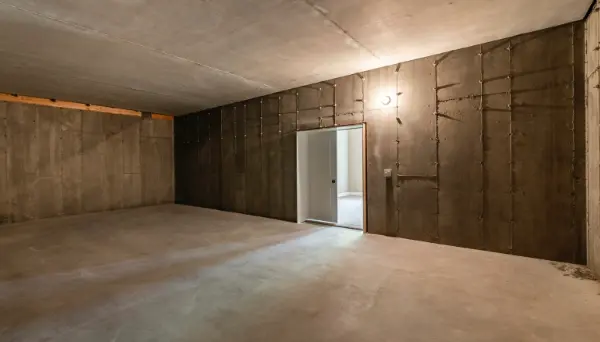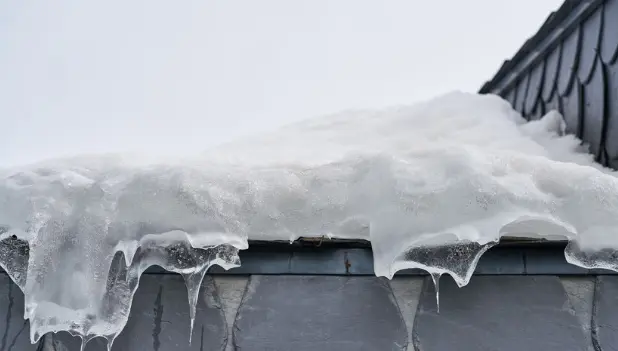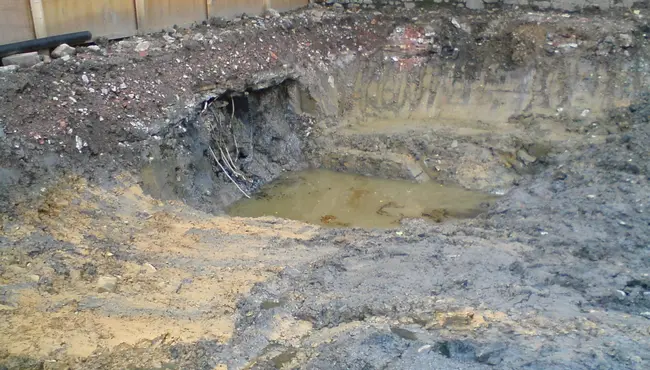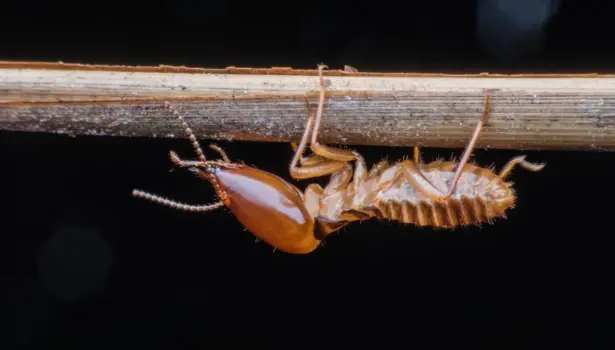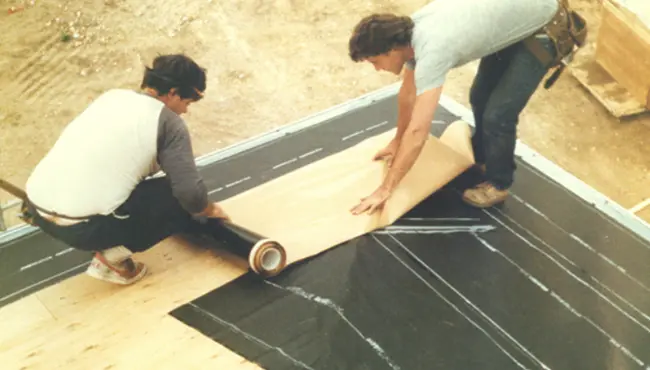Termites cause billions of dollars in structural damage annually, leaving homeowners with costly repairs. Knowing termite prevention treatment costs helps homeowners make informed decisions to protect their properties.
This guide breaks down the most effective prevention methods and their associated costs, including the unique challenges posed by different construction types.
What Is Termite Prevention Treatment?
Termite prevention treatment involves proactive methods designed to stop infestations before they start. These treatments vary by type, application, and cost, addressing location-specific risks and construction considerations. Prevention not only saves money on potential repairs but also ensures the structural integrity and value of the home over time.
Types of Termites Commonly Found in the U.S.
Different termite species exhibit unique behaviors, influencing the treatment approach:
- Subterranean Termites: Found in most states, these termites build underground colonies and tunnel to structures. Signs of infestation include mud tubes on walls or foundations. They thrive in moist environments, often targeting homes with improper drainage or poor soil grading.
- Drywood Termites: Predominantly in warmer coastal regions, drywood termites infest wood directly, bypassing the soil. Homeowners may notice tiny kick-out holes or piles of frass near infested wood.
- Formosan Termites: Common in the southern U.S., particularly in Florida and Texas, Formosan termites are highly destructive due to their large colonies and aggressive behavior. They often enter through structural gaps, wreaking havoc faster than other species.
Understanding termite behaviors and their regional prevalence allows for targeted prevention measures.
Chemical Soil Treatments: Affordable, Effective Protection
Chemical soil treatments create a protective barrier around a home’s foundation using liquid termiticides. These treatments remain a popular choice due to their effectiveness and affordability.
Application Process
Pest control professionals apply termiticide to a trench dug around the foundation, ensuring the chemical penetrates the soil evenly. This barrier prevents termites from accessing the structure.
Enhanced Durability
Many termiticides now include advanced formulas that withstand environmental conditions, such as heavy rainfall, extending the effectiveness of the treatment.
Cost Breakdown
Average costs range from $500 to $2,000, influenced by property size and soil conditions.
While chemical soil treatments create a protective barrier around your home, bait systems take a different approach by targeting termite colonies directly at their source.
Bait Systems
Bait systems are an alternative solution that targets termite colonies directly, eliminating infestations at the source.
- Advantages for Diverse Properties: Bait systems work well in urban, suburban, or rural settings, accommodating properties with complex landscaping or unique foundation layouts.
- Cost Breakdown: Installation typically costs $1,000 to $2,500, with annual monitoring fees of $200 to $400. While the initial investment is higher than chemical treatments, ongoing costs are predictable and often budget-friendly.
- Eco-Friendly Appeal: Using reduced-risk insecticides, bait systems minimize environmental impact, making them ideal for homes near water sources or natural habitats.
Physical Barriers and Their Longevity

Physical barriers are a long-term, non-chemical approach to termite prevention. They are commonly installed during construction but can also be retrofitted for existing structures.
Applications Beyond Construction
Barriers like Polyguard’s TERM® Micromesh can protect vulnerable entry points such as pipe penetrations and joints in concrete slabs, reducing risk in high-activity zones.
Durability and Maintenance
Unlike treatments requiring periodic reapplication, physical barriers last decades with little to no upkeep, making them cost-effective over time.
Choosing the right termite prevention method is just one part of the equation; understanding the factors that influence treatment costs can help homeowners budget effectively and select the most suitable option.
Key Factors That Impact Termite Prevention Costs
Several factors affect termite prevention costs:
- Soil Composition: Dense clay soils may require more labor-intensive applications, increasing costs compared to looser soils.
- Construction Type: Homes with basements or complex foundation designs often need tailored solutions, adding to treatment expenses.
- Climate Considerations: High-humidity regions require treatments that withstand moisture, potentially increasing product and application costs.
As termite prevention methods evolve, modern technologies are providing homeowners with more precise, efficient, and environmentally friendly solutions.
Advanced Technologies for Modern Termite Prevention
Advancements in termite detection and prevention tools have revolutionized pest control, offering homeowners better precision and environmental sustainability.
- Advanced Detection Tools: Infrared scanners and acoustic monitors now feature integrated software that provides real-time feedback, helping professionals detect termite activity faster and more accurately.
- Integrated Pest Management (IPM): Many pest control companies now offer IPM strategies, combining physical barriers, eco-friendly treatments, and ongoing monitoring for comprehensive termite management.
While modern termite prevention technologies address many common risks, homes built with Insulated Concrete Forms (ICF) face unique challenges that require specialized solutions.
Unique Challenges of Treating ICF Homes
Insulated Concrete Form (ICF) homes offer energy efficiency but are not immune to termite risks. Foam insulation within ICF walls provides termites with an attractive, hidden pathway for infestation.
Tailored Solutions
Polyguard’s TERM® Barrier System incorporates physical barriers specifically designed to address the vulnerabilities of ICF construction. By blocking termites at potential entry points, this system ensures long-lasting protection while maintaining the home’s structural integrity.
With a variety of termite prevention options available, understanding the associated costs can help homeowners make informed decisions tailored to their needs and budgets.
How Much Does Preventative Termite Treatment Cost?
Costs vary depending on the chosen method and property requirements:
- Chemical Soil Treatments: $500 to $2,000.
- Bait Systems: $1,000 to $2,500, plus $200 to $400 annually for monitoring.
- Physical Barriers: Initial installation often exceeds $2,000, but these systems require minimal maintenance over time.
Beyond the upfront costs, preventative termite treatments offer significant long-term value by protecting homes from costly damage and preserving structural integrity.
Long-Term Value of Preventative Termite Treatments
Preventative termite treatments save homeowners significant costs by preventing damage that could exceed $10,000 for severe infestations. Physical barriers, such as Polyguard’s TERM® Micromesh, are a one-time investment that provides decades of protection. Additionally, chemical treatments and bait systems offer flexible, budget-friendly options for maintaining a termite-free home.
Safeguard Your Home with Polyguard’s Advanced Termite Solutions"
Protect your property with Polyguard’s TERM® product line, featuring innovative physical barriers and integrated systems. Visit our website to learn more and take the first step toward long-lasting termite prevention. Contact us today!
